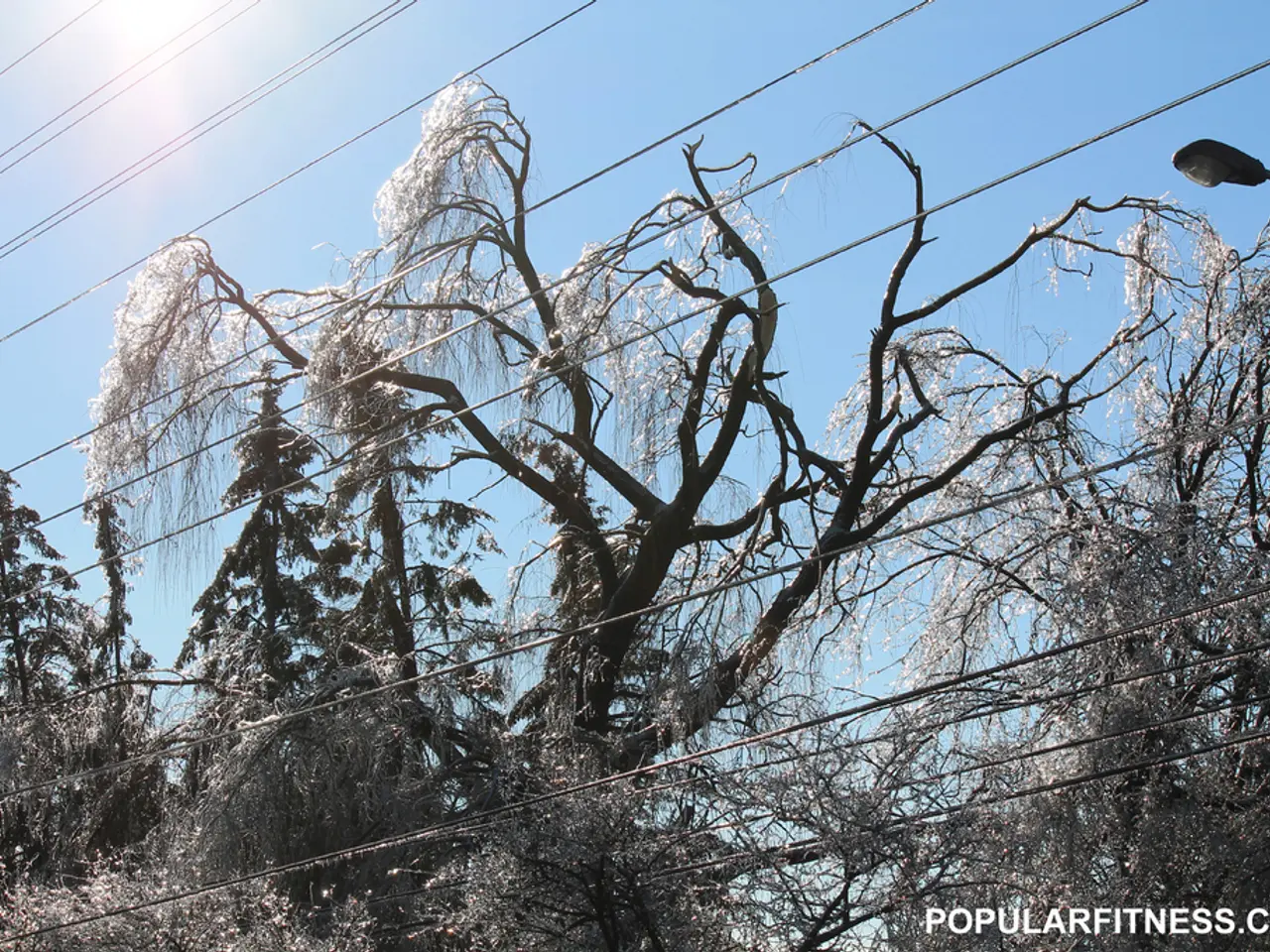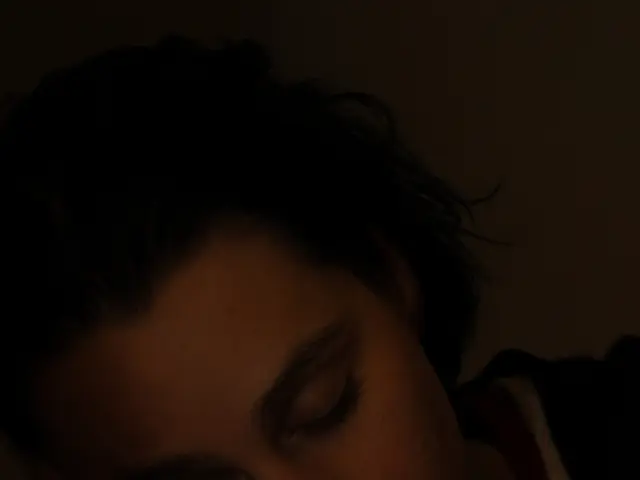Autumn Blues: How to Combat Seasonal Affective Disorder
The onset of autumn brings with it not just cooler temperatures and falling leaves, but also the Autumn Blues. This seasonal affective disorder, or SAD, manifests as irritability, fatigue, headaches, and rheumatic discomfort, affecting mood, appetite, sleep, and even libido. It's a common condition, but there are ways to alleviate its symptoms.
Dr. Raphaël Heinzer, chief physician at the Sleep Research Center at the University Hospital in Lausanne, Switzerland, suggests exposing oneself to natural light and exercising outdoors to help combat the Autumn Blues. Reduced daylight during autumn disrupts the production of melatonin, a hormone that regulates sleep-wake cycles, leading to tiredness and poor sleep quality, which can in turn contribute to depression.
Maintaining a strict sleep schedule can help stabilize the internal clock during winter. If outdoor light exposure is not possible, spending 30 minutes daily in front of a bright 10,000-lux lamp can also be beneficial. Imbalances in neurotransmitters like serotonin also play a key role in low moods during the Autumn Blues.
The Autumn Blues, with its various symptoms, can significantly impact daily life. However, with the right strategies, such as light exposure, regular exercise, and maintaining a consistent sleep schedule, individuals can effectively manage this seasonal affective disorder and improve their overall well-being.





